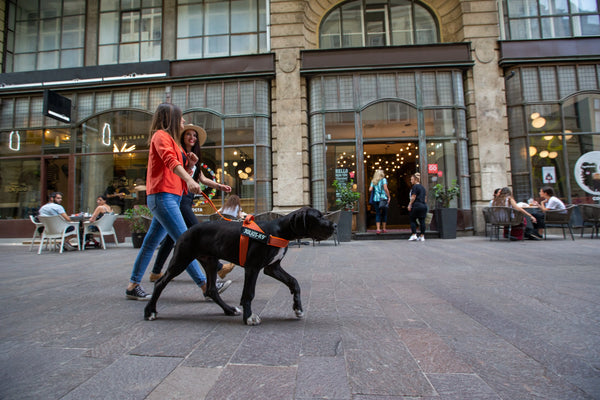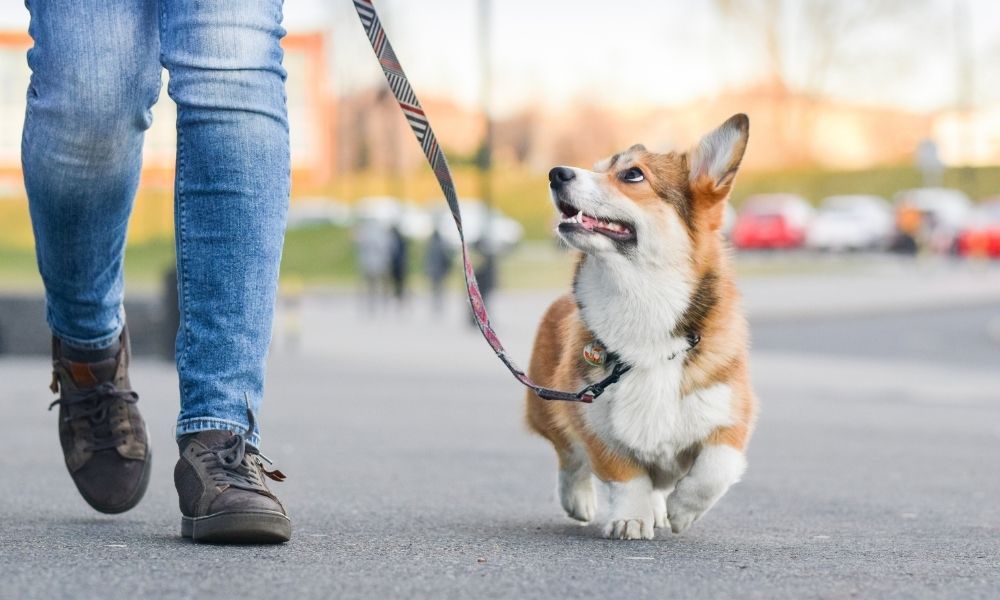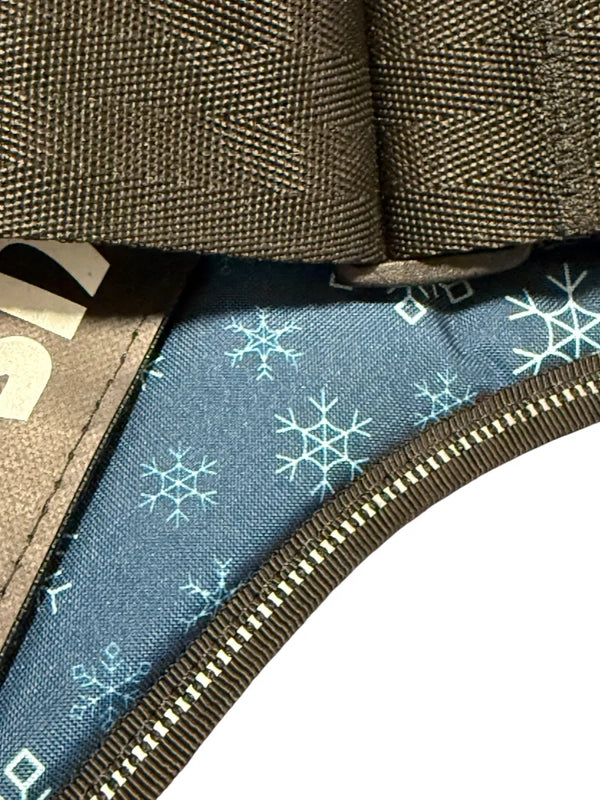
Top Tips for Choosing a Dog Leash

Various world cultures have kept dogs since ancient times, as various depictions of such tethers or leads have even been found in hieroglyphics from ancient Egypt. Dog leashes’ continual function and versatility is a distinct reason why their popularity goes back for centuries. Leashes are a proper way to keep dogs safe and display ownership and control.
Leash laws are put in place for your pet’s and the general public’s health and safety, as this should be a top priority. You keep your dogs on a leash not because of fear or negativity, but out of deep love as your pet’s caretaker.
If you are a new dog owner or are simply searching for the best leash for your furry friend, look no further. We’ve put together a general guide of tips to help you choose the best leash possible. While no leash is perfect, each type, style, and design of leash have their own purpose and capacity to serve as a restraint. Not all leashes are created equal so consider these top tips for choosing a dog leash. The answer isn’t straightforward but will nevertheless find you.
Consider Your Dog First
As man’s best friend, pet dogs are in considerable abundance in modern America. Hence, a wide range of leashes are available for your selection. The first thing you must do is ask yourself a couple of basic questions to kick off the great leash search. Consider the size and age of your dog. Puppies should not have a long leash, while adults dogs may notably benefit from a wider range to roam. Smaller dogs typically require thinner leashes while larger dogs should have leashes constructed out of thicker, stronger materials.
Also, consider your dog’s level of training and your location. Is your dog just a puppy that is a beginner on a leash or rather an expertly trained walking whiz? Is your dog more chill or hyper on a walk? Will you be walking your pup more in the morning or at night? Do you live in a city, suburb, or far out in the country?
Each of the above conditions play a key role in your choice of leash. Don’t make a purchase mistake now that you may come to regret later. Neither yourself nor your four-legged friend will truly benefit from a poor-fitting leash.
Choose the Best Leash Length
Leash length is all about the task at hand. Leashes can range in length from 1 foot to 150 feet for training purposes. The shortest of lengths will keep your pup close to you in traffic or a busy city street. They are also ideal for service or work dogs. The longer the length of the leash gets, the more multi-purpose the leash may be. The most common leash length is six feet. This is the “just-right” goldilocks leash for most owners, as it gives your dog plenty of space to explore while keeping them in check.
Smaller breeds, especially toy breeds, do not require more than six feet of leash. For a larger dog, a lengthy, durable leash will do the trick for having the best control. Leashes longer than eight feet are wonderful for nature-loving owners who like to go hiking or camping with their dogs. The tether is long enough to be hands-free if desired and allows for the wonderful essence of flexibility.
Choose the Appropriate Width of the Leash
Most dog owners don’t think about width when choosing a leash. Nevertheless, the width of the material is a point to contemplate based on a dog’s breed, size, and needs. More delicate, thin leads are traditionally utilized for show dogs, while wider leash leads should be selected based on weight.
The standard leash weight is about 3/8” wide for pups under 50 pounds—a perfect size that will not jeopardize movement. Bigger, fully-grown dogs that weigh over 50 pounds should have a thick leash lead width of ½” for better control and to avoid breakage. Puppies that grow into large adults will need both collar and leash upgrades that are adequate to their current size.
Choose the Right Type of Leash Lead
One of the top tips for choosing a dog leash is to consider the type or style of the leash. Typical dog leashes are the standard leashes everyone imagines in their heads—straight leashes that are 4-8 feet in length and of various thicknesses. Other main types are adjustable leashes that are 3-6 feet in length, and roll-up or retractable leashes whose length extends or decreases by the control of the dog owner.
Retractable leashes have become increasingly popular as they allow and take away freedom easily and also provide additional length without the extra weight. However, retractable leads can be quite dangerous as dogs can get caught up in them. These types of leashes are best suited for well-behaved dogs that are already trained and can be controlled from a further distance.
Choose Your Ideal Leash Material
The models of leashes mentioned above come in a wide array of lengths, widths, and materials. The most popular materials are nylon, leather, rope, or chain. Nylon is typical, as it is reliable, affordable, and easy to clean. Leather leashes are another durable year-round option that come in at a higher cost. Such leashes age well but also require more care to make them last. If your dog is more of a chewer, a chain leash may be the best material option for you. On the other hand, rope leashes are light, strong, and comfortable to use.
Whatever material you choose, ensure that the clip that connects the leash to your dog’s collar or harness is strong enough to keep the connection to your dog. Dogs can pull on their leashes at full force and break free. Always be careful when your dog is on a leash and take caution to not tug too abruptly.
Here at Julius K-9, we offer a variety of high-quality dog leashes that are made with true comfort and durability in mind. These leash designs are optimal for a good grip and the best safety. Our sturdy leashes pair perfectly with our collars and harnesses. No matter what material you prefer, you are sure to find a K9 dog leash with the ability to add control and comfort to your dog’s daily walks.




